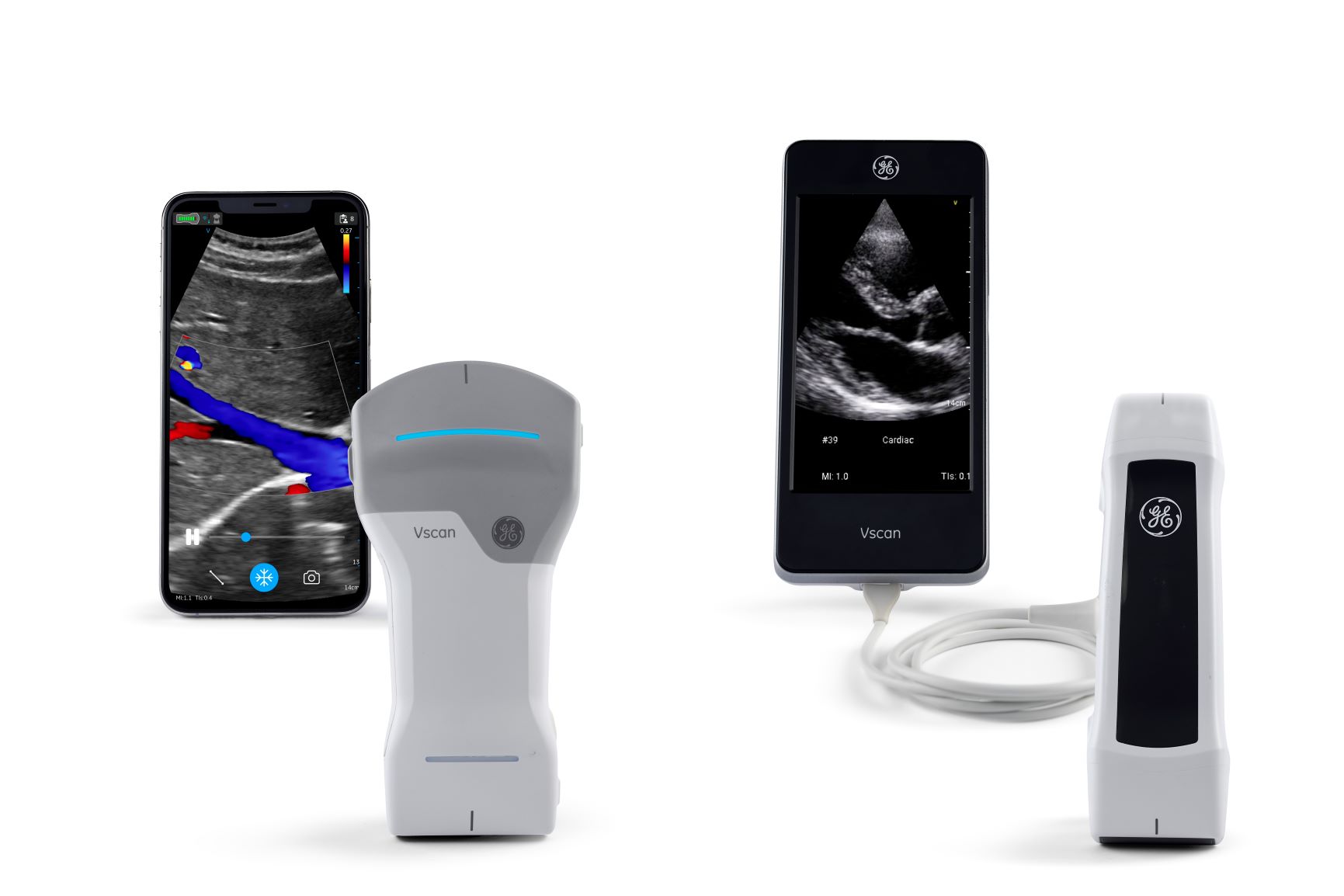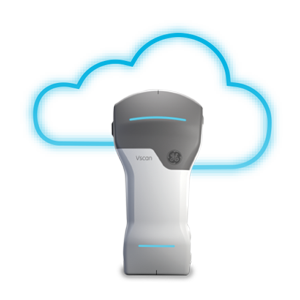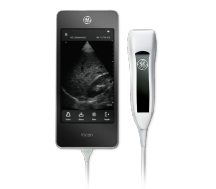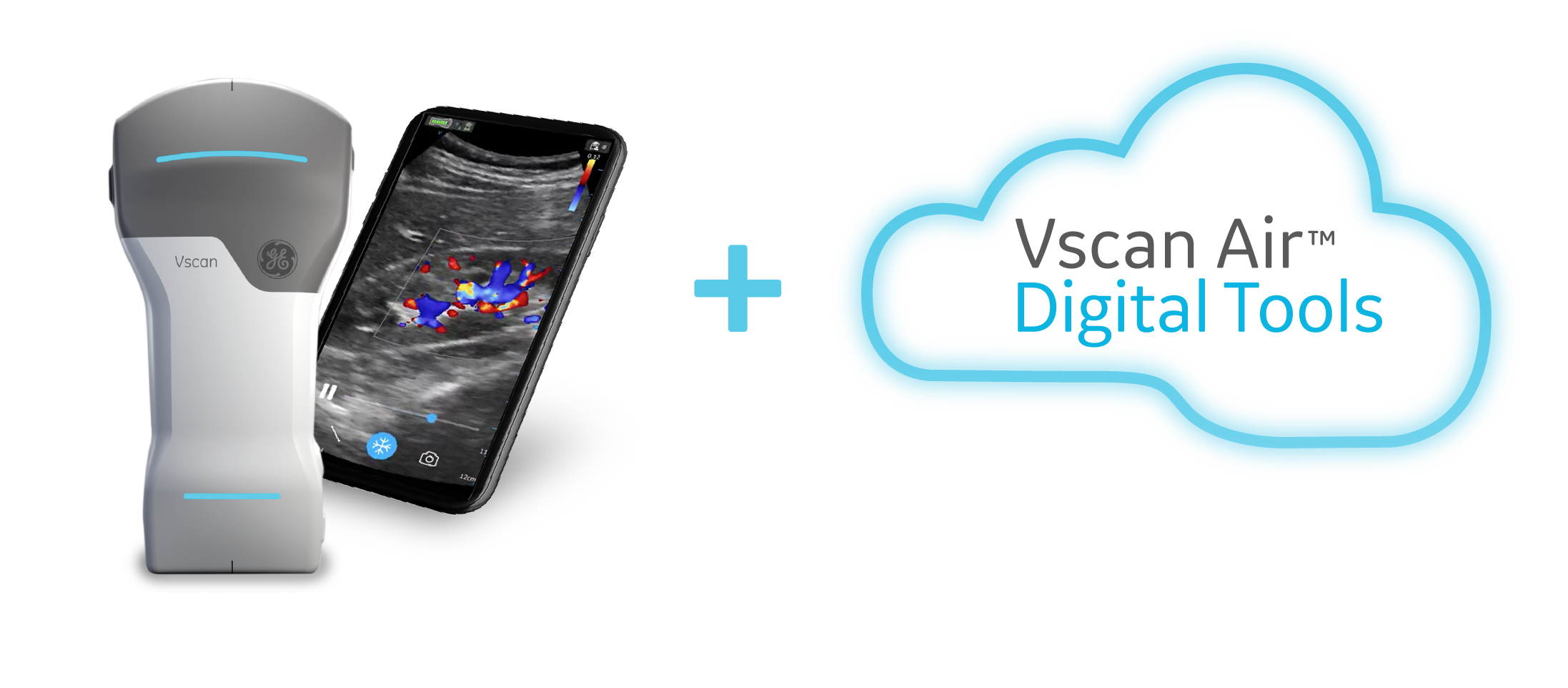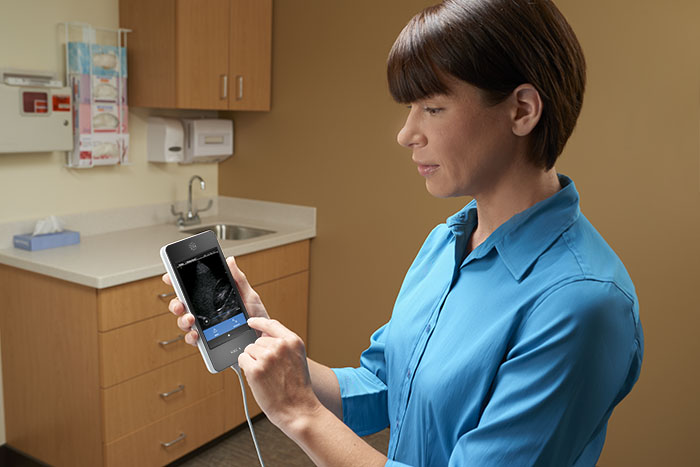
Many primary care physicians (PCPs) work in regions that lack access to cardiology outpatient clinics. But even for those areas that do have access, patients may have to wait before they’re able to have their echocardiogram done in-clinic.
One solution is for the PCP to perform a cardiac exam using handheld ultrasound and an off-site expert to view and interpret the images – assisting the physician with a diagnosis.
According to a 2016 article in the Heart journal, “Handheld cardiac ultrasound (HCU) performed at the point of care by family doctors with remote expert support interpretation using a web-based system is feasible, rapid and useful for detecting significant echocardiographic abnormalities and reducing the number of unnecessary echocardiographic studies.”
What Types of Cardiac Exams Can Be Performed Using Handheld Ultrasound?
Heart failure is a problem that is commonly presented to PCPs. Ongoing assessment and management are crucial to the patient’s quality of life.
The evaluation of the patient’s left ventricular (LV) function is an essential part of the assessment and helps direct patient care. A 2012 study in Family Practice concluded, “With tailored training, general practitioners were able to assess LV function with [septal mitral annular excursion] and [pocket-sized ultrasound (pUS)]. pUS as a supplement to the physical examination, may become an important tool in general practice.”
This was reinforced through a 2015 study in the Journal of the American Board of Family Medicine, where PCPs underwent a four-hour training program and then performed handheld ultrasound cardiac exams (which were then compared to cardiologists’ measurements from images obtained by echocardiography technicians). As concluded, “This study showed that limited echocardiography for the detection of [left ventricular hypertrophy] performed by PCPs at the point of care was feasible. Future studies are needed to determine the ideal training and experience necessary to yield competency.”
PCPs could learn the skills of handheld ultrasound with training, enabling them to make confident diagnoses and improve the patient care pathway.
How Could This Change in Workflow Impact the Future of Patient Care?
Patients typically need to be referred by their primary care physician to a cardiology outpatient clinical for a formal echocardiogram.
The use of handheld cardiovascular ultrasound could prevent unnecessary referrals and might result in earlier diagnosis of a cardiac impairment. This could help improve the time to diagnosis and, more importantly, an appropriate management plan could be implemented early.
“For patients with suspected cardiac disease, point of care ultrasound can cause physicians to alter their initial diagnosis, resulting in an immediate change of diagnostic and therapeutic procedures”, according to a 2016 report in American Journal of Cardiology. This reinforces the argument that bringing diagnostic tools traditionally used in hospitals into primary care can help improve patient care.
Handheld ultrasound cardiac exams can be performed by PCPs after completing the appropriate training – helping them to diagnose and assess patients with suspected heart disease, which is a common presentation to primary care. And ultimately, it may help patients to get an early diagnosis and reduce unnecessary cardiology tests and appointments.

